Valentino Logo Design: History & Evolution

Image Source: https://www.valentino.com/ | Image Courtesy: Valentino
Delving into the world of iconic logos, few can rival the allure and timelessness of the Valentino logo design. As graphic designers, we're naturally curious about the stories behind designs that have stood the test of time, making a lasting mark in their industry. The Valentino logo is a testament to the fusion of fashion and design, representing not just a brand, but an era and ethos that has evolved beautifully with time. With its distinct characteristics and the unmistakable prestige associated with it, understanding the history and evolution of the Valentino logo design provides fascinating insights into branding, creativity, and the power of visual storytelling. Whether you're a seasoned designer seeking inspiration or simply curious about the journey of one of the fashion world's most revered symbols, this article promises to take you on a captivating ride. Join us as we unravel the threads of design genius that have woven the legacy of Valentino.
Valentino Logo Design
1960 - 1979
The 1960s and 1970s marked an era of radical change in design, where experimentation and breaking away from tradition were the order of the day. It was within this milieu that the earlier iterations of the Valentino logo design made their appearance. For graphic designers, this was an interesting transition period, a time when brand identities were shifting to meet the dynamic, fast-paced world around them.
During these two pivotal decades, the Valentino logo underwent a transformation that is a testament to its evolving brand image. If you're familiar with the Valentino logo of today, you'd recognize its striking typography instantly. However, back in the 1960s, there was an additional component to this iconic emblem: the word “Garavani,” representing the brand's founder, Valentino Garavani.
Unlike the pronounced and impactful typeface of “Valentino,” the “Garavani” component was much subtler. Rendered in a lighter, less conspicuous type, this part of the logo was noticeably subdued. The distinction didn't stop at the weight of the typeface. While “Valentino” retained its characteristic and now iconic serif font, emphasizing its luxury and timeless appeal, “Garavani” was presented in a clean sans-serif font. The choice of a sans-serif font gave it a contemporary touch, differentiating the founder's name from the brand's primary identity.
The contrast between the two typefaces highlighted the brand’s rich history and its forward-looking vision. "Valentino" exuded the brand's classic luxury appeal, while "Garavani" offered a nod to modernity and the brand's evolving identity.
But why were these specific design choices made during this period? Delving deeper, it's a reflection of the brand's journey. Valentino Garavani, the mastermind behind the brand, had established a reputation for creating timeless, elegant pieces. The brand identity had to mirror this ethos. However, as the brand moved through the 1970s, there was an evident push towards contemporaneity in the fashion world, and the Valentino logo design subtly but effectively captured this transition.
By the end of the 1970s, as the brand geared up for new challenges and vistas, the “Garavani” element was phased out from the primary logo. However, for many, this iteration serves as a nostalgic reminder of the brand's roots and its evolution journey.
For us graphic designers, the Valentino logo design from 1960 to 1979 offers a masterclass in balancing tradition with evolution, showing that sometimes, the most subtle design shifts can speak volumes.

Image Courtesy: Valentino
1979 - Present
Every iconic brand undergoes a journey of evolution, often finding its true essence through a process of refinement. Such is the tale of the Valentino logo design from 1979 to the present day. It's a story of stripping down to the basics, allowing the core identity of a brand to shine forth with an undiminished luster.
Post the 1979 redesign, the Valentino emblem underwent a series of subtle yet impactful changes. For graphic designers and brand enthusiasts alike, this period marks an important transition in the brand's visual journey—a move towards modernity, without forgoing its established legacy.
The most notable alteration was the removal of the "Garavani" underline. While this element had previously served as a nod to the brand's lineage and its founder, its elimination signaled a shift to a more streamlined and contemporary identity. Valentino, as a brand, was confident in its recognition and no longer felt the need to tie itself explicitly to its founder's surname. This change was not just a design decision, but a reflection of the brand's growing global prominence.
With the removal of the "Garavani" component, the emblem took center stage. It was magnified, bringing it into a harmonious balance with the wordmark, which remained untouched. The enlarged emblem, juxtaposed with the consistent wordmark, showcased a sense of grandeur, a reflection of the luxury and elegance that Valentino had come to represent in the fashion world.
The Valentino logo design from 1979 onwards is a testament to the adage "less is more." By simplifying and enlarging the emblem, the brand emphasized its core values, ensuring they resonated clearly and unmistakably. The logo, in its current form, exudes an aura of timeless luxury, effortlessly bridging the gap between its rich past and its dynamic present.
For graphic designers examining the evolution of brand identities, the Valentino logo offers invaluable insights. It demonstrates the power of minimalism, of understanding when to step back and let the established identity take the forefront. The changes post-1979 are not about drastic transformations but about refining and honing, ensuring that every element that remains is purposeful and impactful.
In the realm of fashion, where trends come and go, the Valentino logo stands as a beacon of consistency and elegance. From 1979 to the present day, it reminds us of the brand's unwavering commitment to luxury and style, a commitment mirrored in its beautifully evolved and optimized logo design.

Image Courtesy: Valentino
Analysis: Valentino Logo Design Evolution
The world of fashion is ever-changing, with brands constantly redefining themselves to stay relevant. Yet, some iconic brands manage to retain a sense of continuity, even as they evolve. A prime example is the Valentino logo design, which has beautifully traversed decades, encapsulating the brand's journey. For graphic designers, dissecting such a logo offers a wealth of knowledge about branding, design sensibilities, and the art of evolving without losing one's essence. Let's dive into a five-point analysis of the Valentino logo's evolution, tracing its footsteps from inception to its contemporary rendition.
Subtle Beginnings
In its early years, the Valentino logo encompassed both the brand name and its founder’s surname, “Garavani”. The use of two different typefaces highlighted the brand’s rich history while also signifying its forward-looking vision. This delicate balance set the foundation for the logo’s future changes.
Transition to Minimalism
Post-1979, the logo underwent a transformative phase. Stripping away the “Garavani” underline indicated a move towards minimalism. Simplifying a logo often amplifies its message, and by focusing solely on the “Valentino” wordmark, the brand was poised for global recognition.
Emblematic Focus
With the wordmark retaining its consistent style, the emblem's enlargement became a focal point. A magnified emblem signified grandeur, perfectly encapsulating the brand’s luxe persona. It became an unmistakable symbol, one that resonated deeply with its audience.
Timeless Typography
One of the striking aspects of the Valentino logo design is its consistent typography. Despite the evolving design elements, the core wordmark remained untouched, ensuring brand recognition. It’s a nod to the importance of a brand's legacy, even in the face of modern design shifts.
Balancing Act
Throughout its evolution, the Valentino logo has mastered the art of balance. Whether it was juxtaposing different typefaces or harmonizing the emblem with the wordmark, the design consistently achieved equilibrium. This balance is reflective of Valentino’s fashion ethos—melding classic with contemporary.
In conclusion, the Valentino logo design evolution is a masterclass in branding. For graphic designers, it exemplifies the importance of knowing when to change and when to retain, ensuring that a brand’s identity remains robust and recognizable. The Valentino journey serves as a reminder that, in design, sometimes it's the subtle shifts, the minor tweaks, that create the most profound impacts.

Image Source: https://www.valentino.com/ | Image Courtesy: Valentino
The Philosophy & Meaning Behind Valentino Logo Design
Unraveling the layers behind iconic logos often feels like diving deep into an intricate narrative, filled with philosophy, intent, and design prowess. When we talk about the Valentino logo design, we're not just referring to a visual emblem but a story interwoven with fashion, legacy, and brand vision. As graphic designers, understanding this narrative helps us appreciate the art and reasoning behind such enduring designs. Let’s embark on a journey, diving into five profound insights that reflect the philosophy and meaning behind the Valentino logo design.
Echoes of Elegance
One of the standout features of the Valentino logo design is its understated elegance. The choice of typography, with its serene serifs, mirrors the brand's dedication to timeless luxury. It’s a silent nod to the sophisticated aesthetics that Valentino collections consistently bring to the world of high fashion.
Legacy in Lettering
The inclusion of “Garavani” in earlier iterations was more than just a name. It signified the brand's deep-rooted lineage and its respect for its founder, Valentino Garavani. Although the surname was eventually phased out, it served as a testament to the brand's journey from its inception, celebrating its rich history.
Simplicity as Strength
As the brand evolved, the logo design journeyed towards minimalism. The removal of additional elements, focusing primarily on the brand name, reiterates the design principle that simplicity often yields the most potent impact. It’s a reflection of the brand's confidence in its identity, requiring no embellishments to stand tall.
Harmony and Balance
The enlarged emblem, combined with the consistent wordmark, creates a harmonious balance. This design equilibrium symbolizes the brand's ability to meld contrasting fashion elements—traditional and modern, ornate and minimalistic—into cohesive collections. The logo design, thus, becomes a visual representation of this harmonious dance.
Global Identity
The modern Valentino logo design, with its magnified emblem and untouched typography, is instantly recognizable worldwide. Its consistent design evolution, devoid of drastic changes, signifies the brand's unwavering commitment to a global identity. It speaks to the universality of beauty, elegance, and luxury.
To sum up, the Valentino logo design isn't merely about aesthetics—it's a beautifully orchestrated tale. It’s about legacy, elegance, simplicity, balance, and global appeal. For graphic designers and brand enthusiasts, it stands as a beacon, illuminating the intricate dance between design principles and brand philosophy. Delving into its depths provides a richer understanding of how visuals can encapsulate and communicate profound brand stories.

Image Source: https://www.valentino.com/ | Image Courtesy: Valentino
What Can We Learn from Valentino Logo Design
Stepping into the world of design, we often look for muses, inspirations that teach us more than just aesthetics. The Valentino logo design, in its elegant simplicity and evolving journey, offers a plethora of lessons for graphic designers and brand strategists alike. It's a testament to how brands can stay true to their core while navigating the ever-changing waters of fashion and consumer preferences. So, what pearls of wisdom does this iconic logo hold for us? Let’s delve into five key takeaways from the evolution and essence of the Valentino logo design.
Consistency is Key
One of the standout aspects of the Valentino logo design is its consistent typography. Even as certain elements evolved, the core font remained true to its origins. This teaches us the power of brand recognition and how consistency can create an unmistakable identity in the minds of consumers. For designers, it's a lesson in restraint and understanding the value of brand continuity.
Embrace Evolution
While consistency is crucial, so is evolution. The gradual phasing out of “Garavani” and the emblem's magnification showcase how brands can evolve without losing their essence. It's a reminder that change, when done thoughtfully and in alignment with brand values, can enhance and fortify the brand's image.
Simplicity Speaks Volumes
The journey towards minimalism in the Valentino logo design reaffirms the age-old design principle: less is often more. By streamlining its elements, the logo resonates with strength and clarity, emphasizing that simplicity can be both compelling and powerful.
History and Modernity Can Coexist
The Valentino logo design beautifully balances its rich history (through the initial inclusion of “Garavani”) and its push towards modernity (through emblem enlargement and minimalism). This teaches designers the art of harmonizing the old with the new, creating designs that respect their roots while embracing the future.
Design Reflects Brand Ethos
Every curve, serif, and design decision in the Valentino logo speaks of the brand's dedication to luxury, elegance, and sophistication. It’s a lesson in how design can and should be a reflection of the brand's core values, mission, and vision.
The Valentino logo design serves as a rich canvas of insights and lessons. For every graphic designer and brand strategist, it’s a case study that exemplifies the intricate dance between branding and design, heritage and evolution, simplicity and sophistication. By analyzing and imbibing these lessons, we can craft designs that are not just visually appealing but resonate deeply with their intended audiences.
Conclusion
In wrapping up our exploration of the Valentino logo design, it's evident that true design excellence is an interplay of consistency, evolution, and brand ethos. For graphic designers, the logo stands as an emblematic reminder of the power of thoughtful design choices in crafting an enduring brand identity. The Valentino journey underscores the essence of balancing heritage with modernity. As we move forward in our design endeavors, let the elegance and wisdom encapsulated in the Valentino logo design guide and inspire our creative spirits.
Let Us Know What You Think!
These fantastic logo design articles are written and curated by Kreafolk's team. We hope you enjoy our information and remember to leave us a comment below. Cheers!

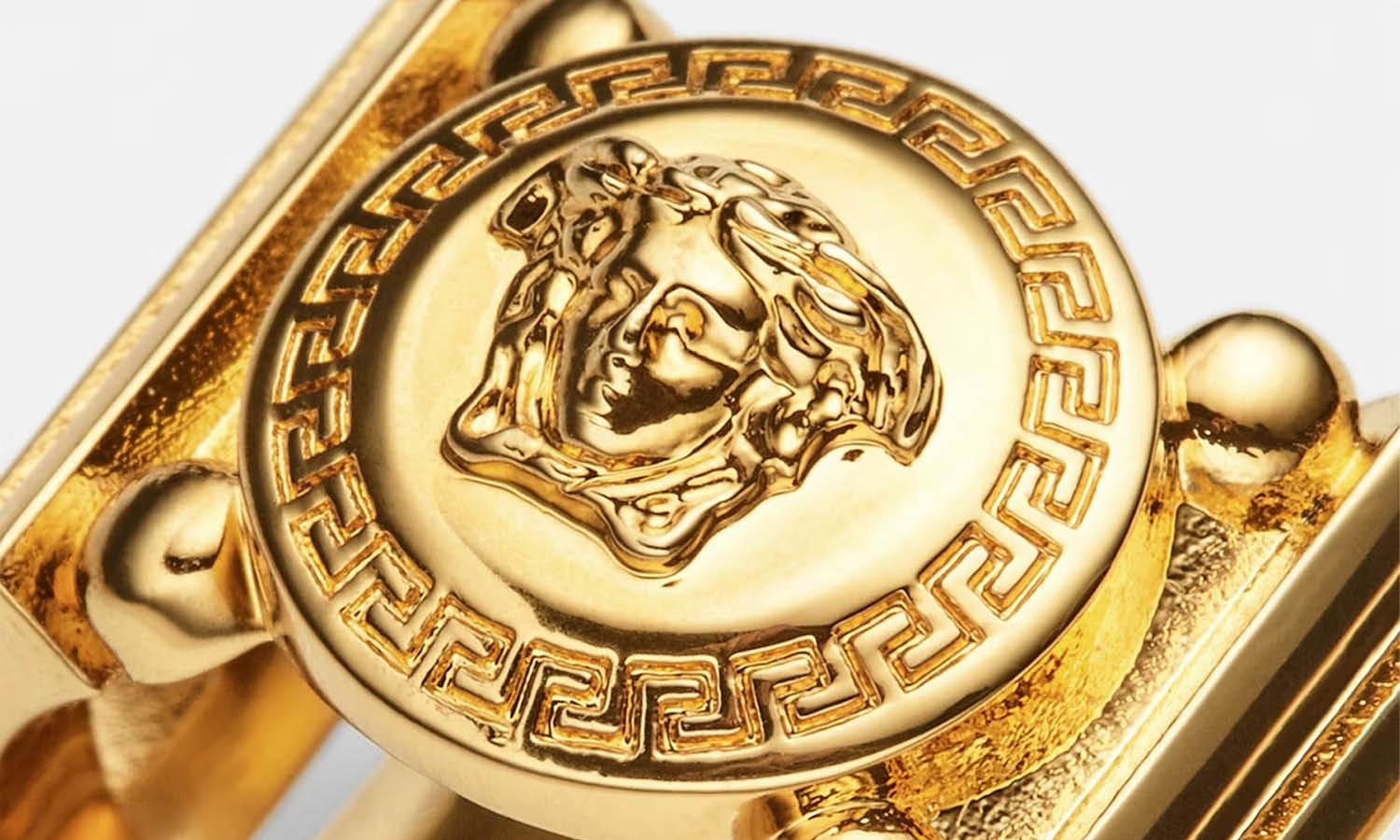
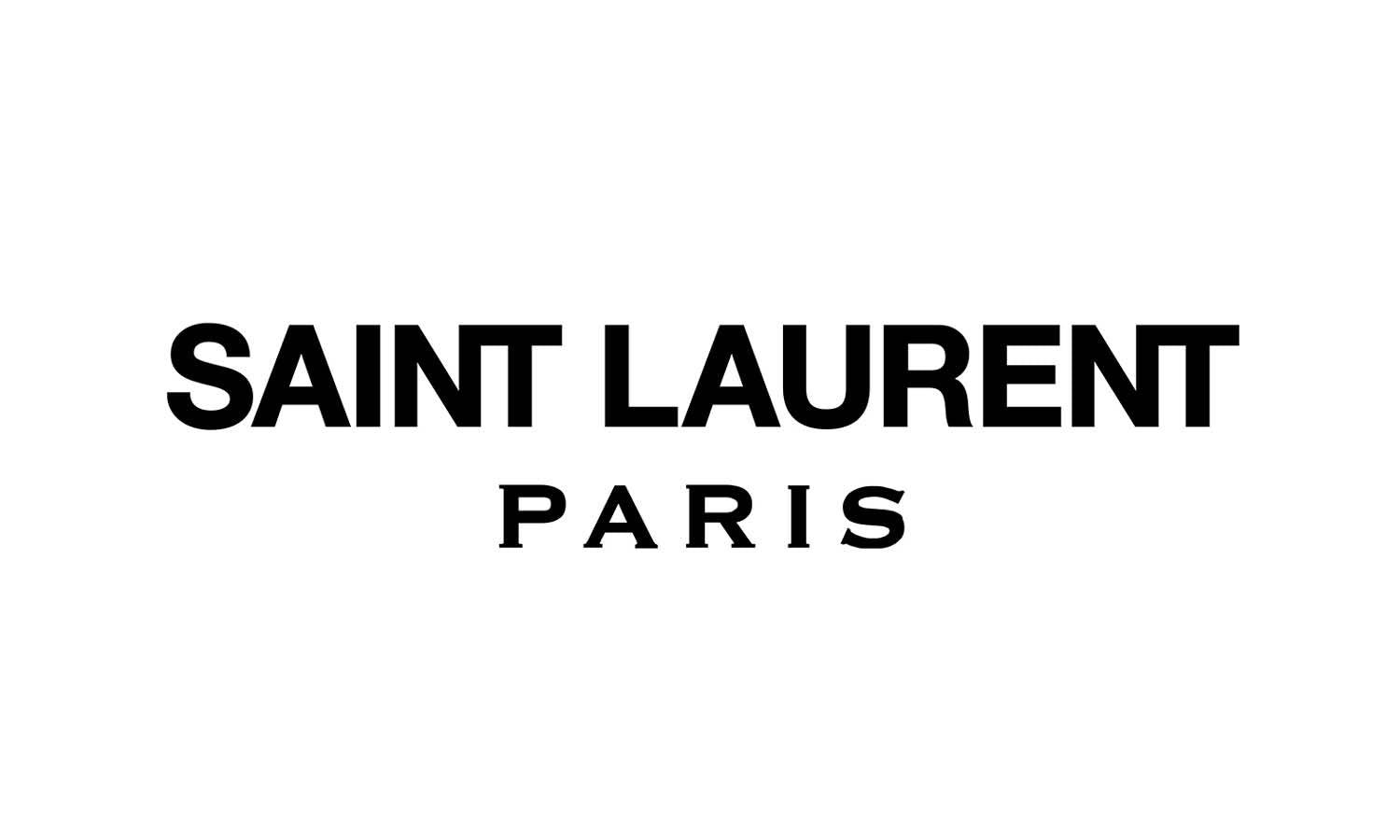
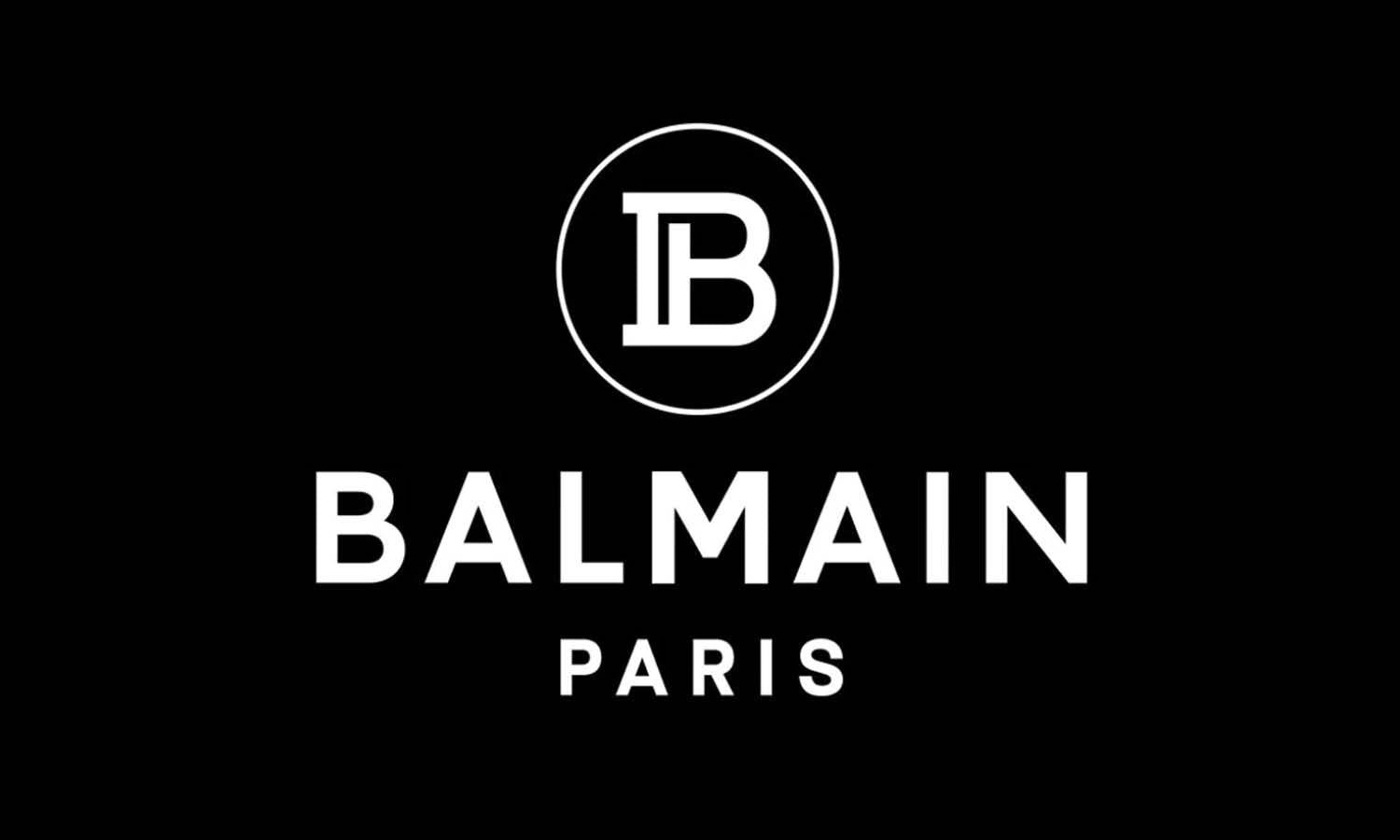
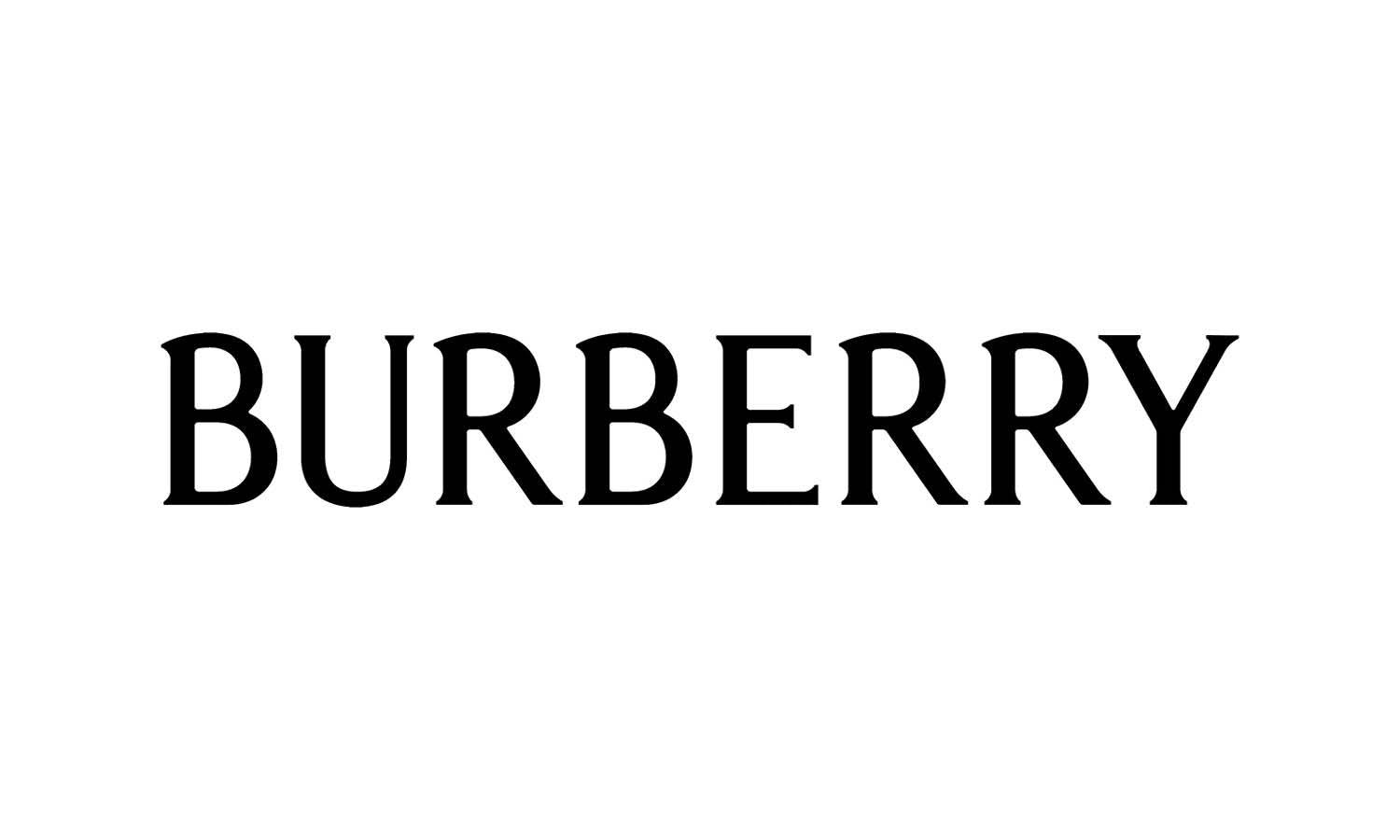
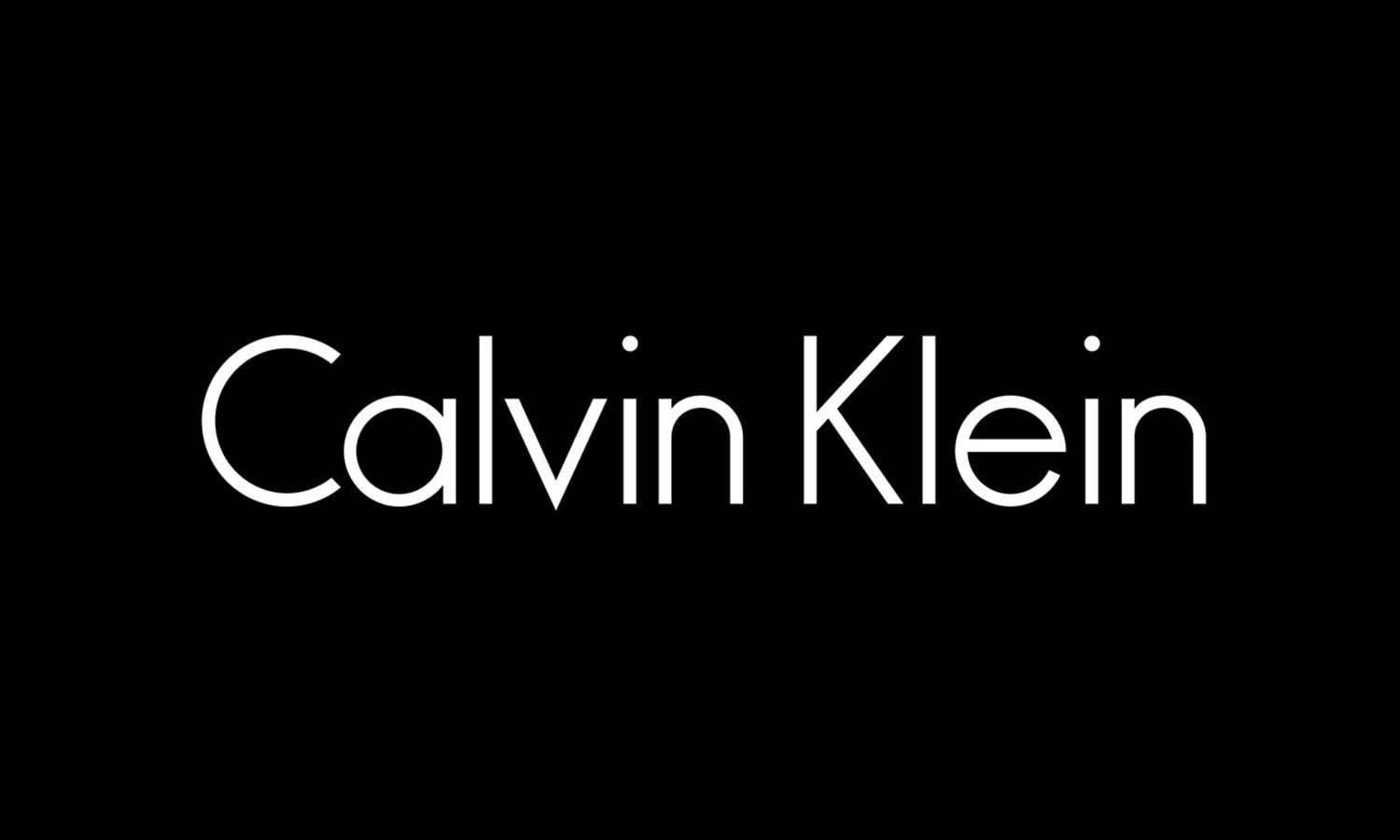
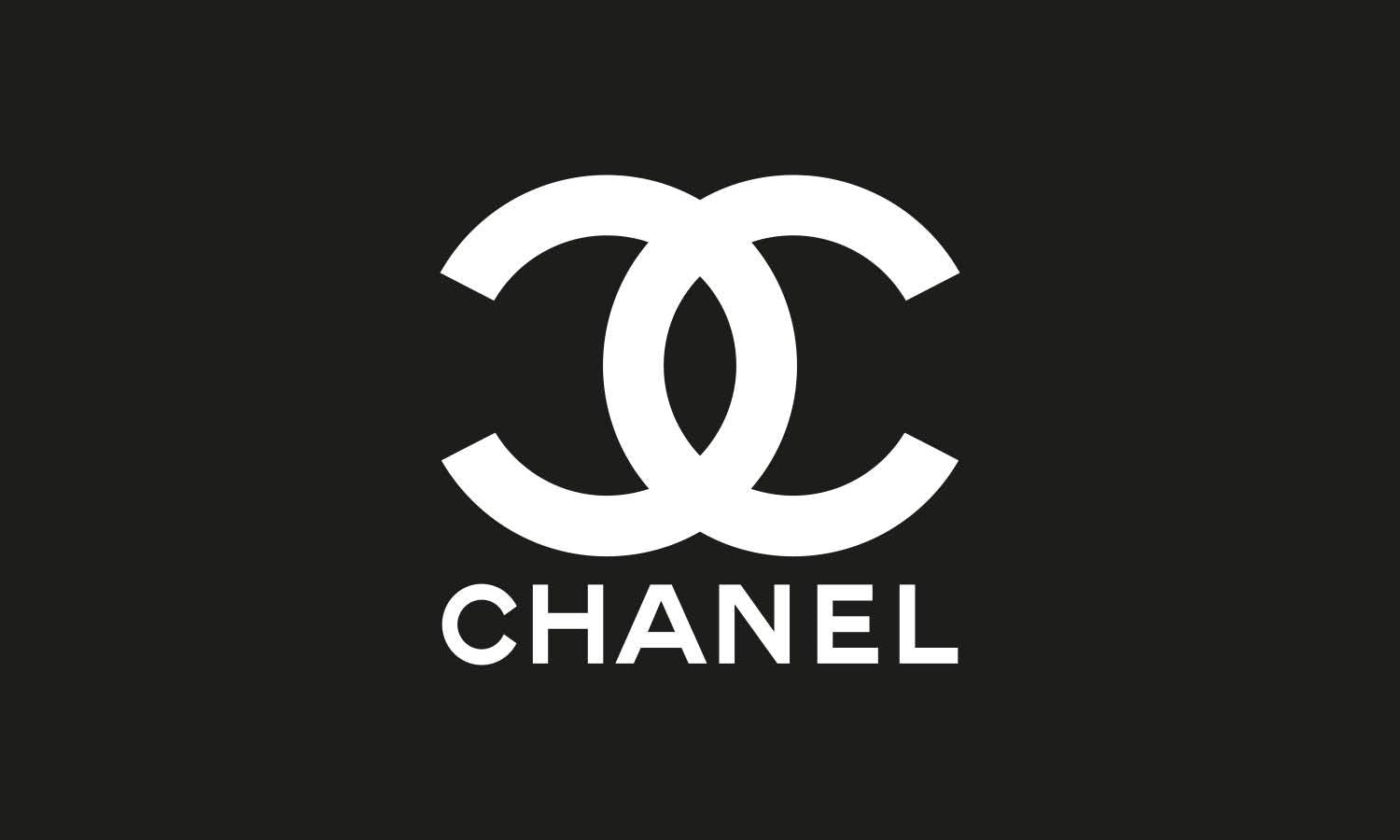









Leave a Comment